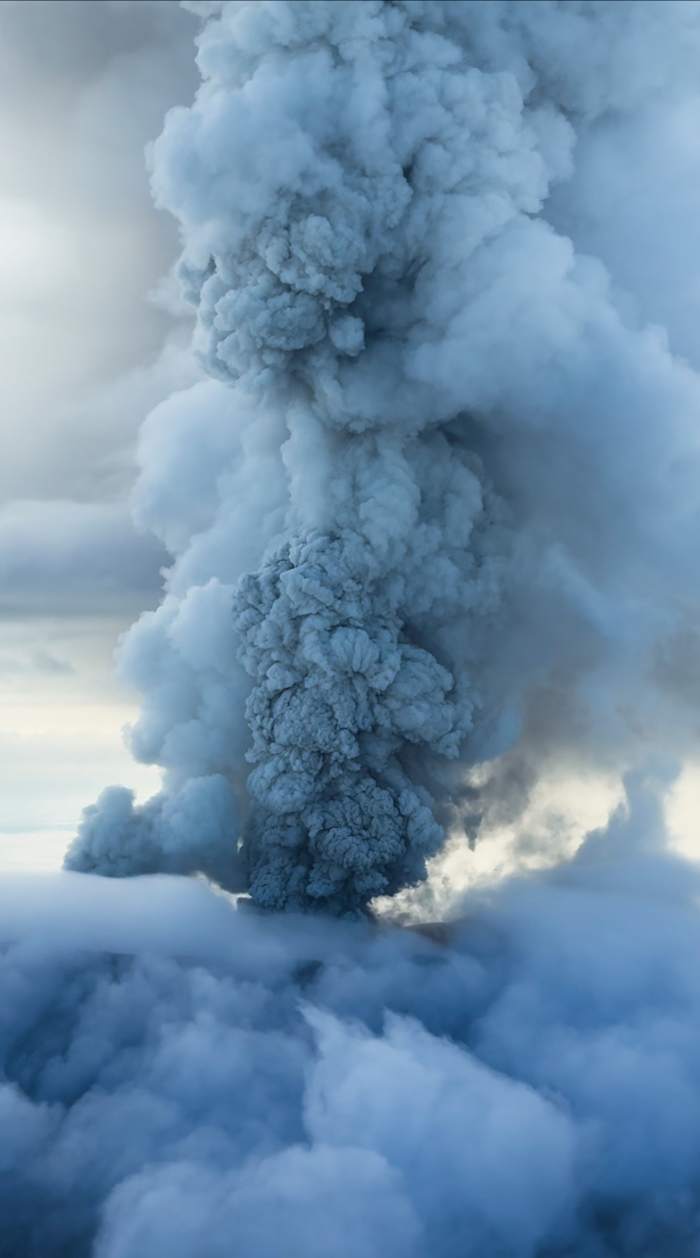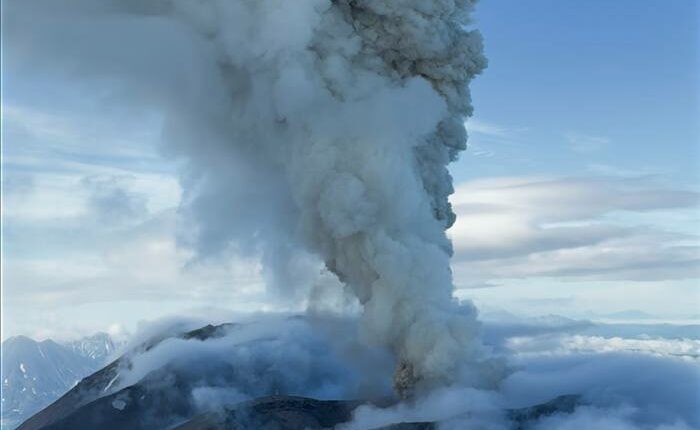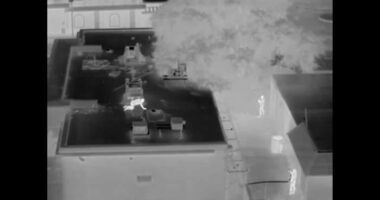Share this @internewscast.com

A volcano situated on Russia’s far eastern Kamchatka Peninsula erupted overnight into Sunday for what scientists described as the first time in several centuries, following a massive 8.8-magnitude earthquake a few days earlier.
The eruption of the Krasheninnikov volcano resulted in ash being propelled 6 kilometers (3.7 miles) upwards, as reported by staff at the Kronotsky Reserve, where the volcano is found. State media released images showing thick clouds of ash towering above the volcano.
“The plume is drifting eastward from the volcano towards the Pacific Ocean. There are no populated areas in its path, and no ashfall has been observed in inhabited places,” Kamchatka’s emergencies ministry stated on Telegram during the eruption.
The eruption was joined by a 7.0-magnitude earthquake, which triggered a tsunami warning for three areas in Kamchatka. This warning was subsequently revoked by Russia’s Ministry for Emergency Services.
“This marks the first historically verified eruption of the Krasheninnikov volcano in 600 years,” stated Olga Girina, head of the Kamchatka Volcanic Eruption Response Team, to Russian state news agency RIA Novosti.
Nonetheless, the Smithsonian Institution’s Global Volcanism Program, located in the U.S., records Krasheninnikov’s last eruption as having occurred 475 years ago in 1550.
The reason for the discrepancy was not clear.
The Kamchatka Volcanic Eruption Response Team said late Sunday that the volcano’s activity was decreasing but that “moderate explosive activity” could continue.
The eruption occurred after a huge earthquake struck Russia’s Far East early Wednesday, an 8.8-magnitude temblor that caused small tsunami waves in Japan and Alaska and prompted warnings for Hawaii, North and Central America and Pacific islands south toward New Zealand.
Copyright 2025 The Associated Press. All rights reserved. This material may not be published, broadcast, rewritten or redistributed without permission.












